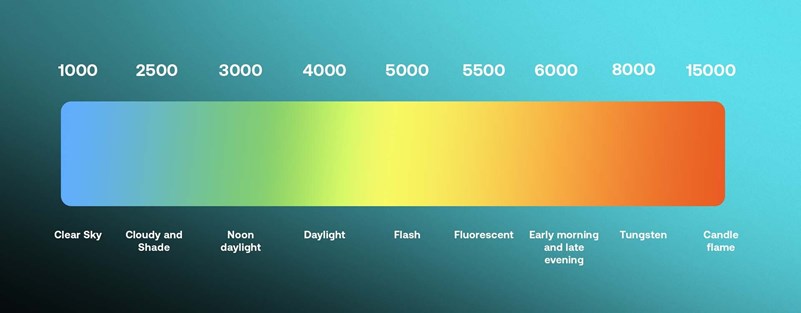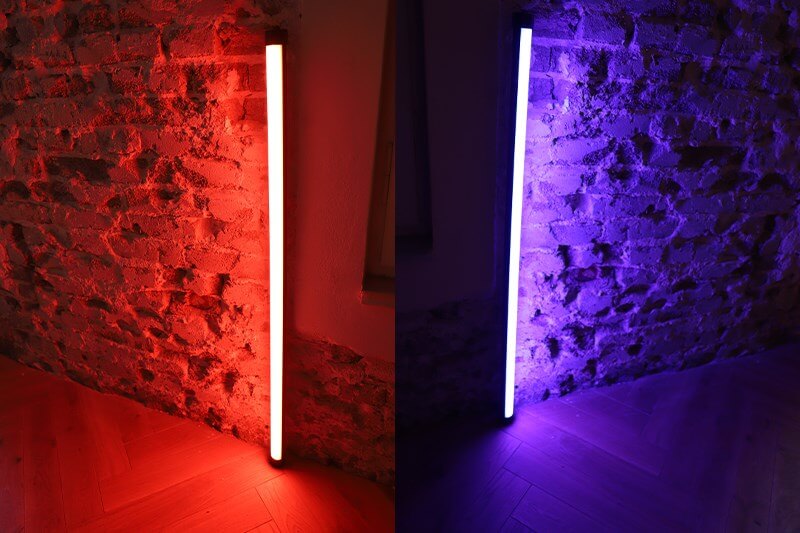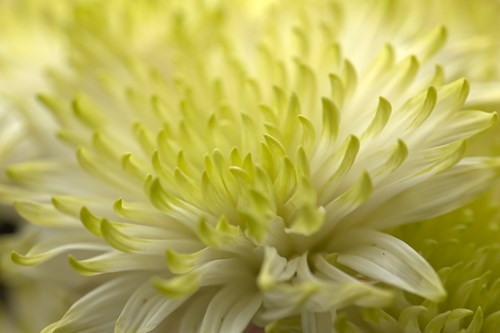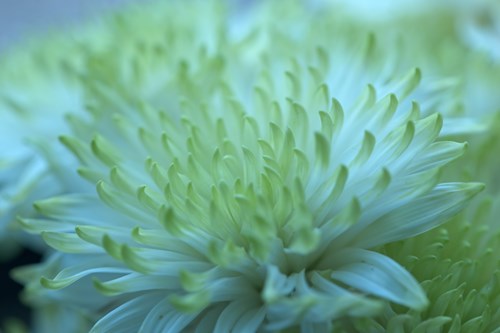Highlights
Table of Contents
Explore article topics
When you go to buy replacement LED bulbs for, say, your kitchen, have you noticed that they come in “warm white,” “daylight” or “bright white” varieties? These are examples of different color temperatures. Color temperature is fundamental to both photography and filmmaking, as well as being options for kitchen lighting. You need to understand it so that you can get the color, and the feel, of your footage right. Choosing between daylight color temperature, tungsten lights or any other light source can have a very different impact on your work. Shall we get started?
What is color temperature?
All light has a temperature, measured in Kelvin (K), that varies depending on its source. Cooler temperatures produce warmer toned lights. As the temperature increases, the color of light moves from red to orange and yellow to blue. The hottest light has the bluest tone.

Match and candle flames burn with the coolest temperature, around 1,800 Kelvin (K) and deep red color.
A tungsten or incandescent light usually has a temperature between 2,500 and 3,000K with an orangey color.
Fluorescent lighting is more yellow with a temperature of around 4,000K.
Flash is usually between 5,000 and 5,500K, regarded as a “neutral” color and very similar to “daylight.”
Modern LED studio lights often have variable temperature control.
Sunlight varies in temperature depending on both time of day and the weather conditions. For example, golden hour light has a temperature of around 3,500K and a soft, warm glow. Sunlight around midday will register between 5,500 and 6,000K. On a cloudy day, the temperature of light will be in the region of 7,000K. Light from a clear blue sky will have a temperature around 10,000K. For night videography, moonlight has a color temperature of 4,100K.
Keeping a color temperature chart to hand is always a good idea so that you can be certain of your lighting choices.
How color temperature affects your video
There are 2 fundamental ways that color temperature can affect your video. First, there is the creative aspect, where the color of light changes the mood of your scene. Second, there is the technical side, where you need to manage the color temperature of your lights to ensure consistency across your scene.

From the creative perspective, the temperature of the light you choose for your videos, just as the type of lighting you choose, whether floods or backlighting, can give an entirely different feel to your work. So you might go for something warmer and softer or colder and harder.
Filming in the golden hours will give your footage a warm, soft glow that can feel positive, playful or romantic. Combine this warmer tone with a diffusion filter for something floaty and dreamlike. It’s all a bit more subtle than the TikTok red light effect!
When you choose a colder light, you could be suggestive of a more clinical or industrial setting or something much harsher in feeling. If you’re not quite sure, “neutral” light has a temperature of around 5,500K.
Technically, knowing the temperature of your lights is important to set an accurate white balance. Unfortunately, while our eyes are remarkably adept at adjusting for the variations in color temperature and the impact on different colors, our cameras are not so well attuned. Instead, they need to be told what the temperature of the light in a scene is to achieve the correct white balance to deliver the lighting color you want. Without this, your footage can appear too blue or too orange or appear with magenta or cyan casts.


Custom white balance vs. tungstem light preset | Credit: Daniela Bowker
Tungsten vs. daylight
Tungsten lights have a color temperature of around 3,000K. Daylight has a color temperature of about 5,500K. The warm orange glow of tungsten lights is often associated with indoor lighting. In contrast, the slightly cooler temperature of daylight lights is associated with outside scenes.
If you’re wondering about 3,000K vs. 5,500K, for example, for your YouTube lighting, know that there is no best color temperature for video lighting. Just remember that everything is set to the same color temperature. Whether you opt for cooler daylight temperatures or warmer tungsten lighting, if you white balance the scene properly, it will all appear as “white” light. Historically, you would buy film according to the color temperature of your lights: either tungsten or daylight. Now, of course, you can adjust your white balance in camera.
Get unlimited royalty-free 4K footage
Choosing the right camera settings
Choosing the right camera settings depends on what you want to achieve. For example, for a consistent “white” light, you need to ensure a few things.
- You can set the white balance in your camera using its presets, but you will likely have greater accuracy if you either select the exact Kelvin for your lights or create a custom white balance using a grey card.
- If you are using multiple lights, for example, in a 3-point lighting setup, set all of your lights to the same color temperature. If you cannot control the temperature of each light, you can correct them individually using gels.
- When shooting in natural light, make sure that you re-set your white balance if the conditions change. Remember that an overcast sky has a different color temperature to a clear sky.
You can capture a warmer or cooler light temperature by using color correction filters or adjusting your camera’s white balance to be the same temperature as your lights. For a cool scene, reduce your camera’s color temperature to be lower than your light source. For a warm scene, you do the opposite. Increase the color temperature setting of your camera so that it is above the temperature of your lights.
There might be occasions when you want to use lights of differing color temperatures for a particular effect. You could, for example, use tungsten lights at 3,000K to light most of a scene, but maybe use a backlight set to 5,500K to mimic sunlight coming through a window. Set your white balance to the temperature of the 5,500K backlight, and your subject’s face, lit by the 3,000K lights, will have a warm orange look. (If you set your white balance to the tungsten temperature, the backlight will be blueish.)
Wrapping up
Make the most of color temperature. It might sometimes feel like one more thing you need to accommodate–especially if you are trying to organize lighting for a YouTube video in a hurry-but it’s really powerful. The color of light can change how your audience responds to your work: maybe it’s soft and gentle, or perhaps it’s harsh and detached. It’s not a burden but a tool. Just remember to adjust your white balance accordingly.
Daniela is a writer and editor based in the UK. Since 2010 she has focused on the photography sector. In this time, she has written three books and contributed to many more, served as the editor for two websites, written thousands of articles for numerous publications, both in print and online and runs the Photocritic Photography School.
Share this article
Did you find this article useful?
Related Posts
- By Chris Suffield
- 8 MIN READ
Latest Posts
- 25 Apr
- By Josh Edwards
- 4 MIN READ
